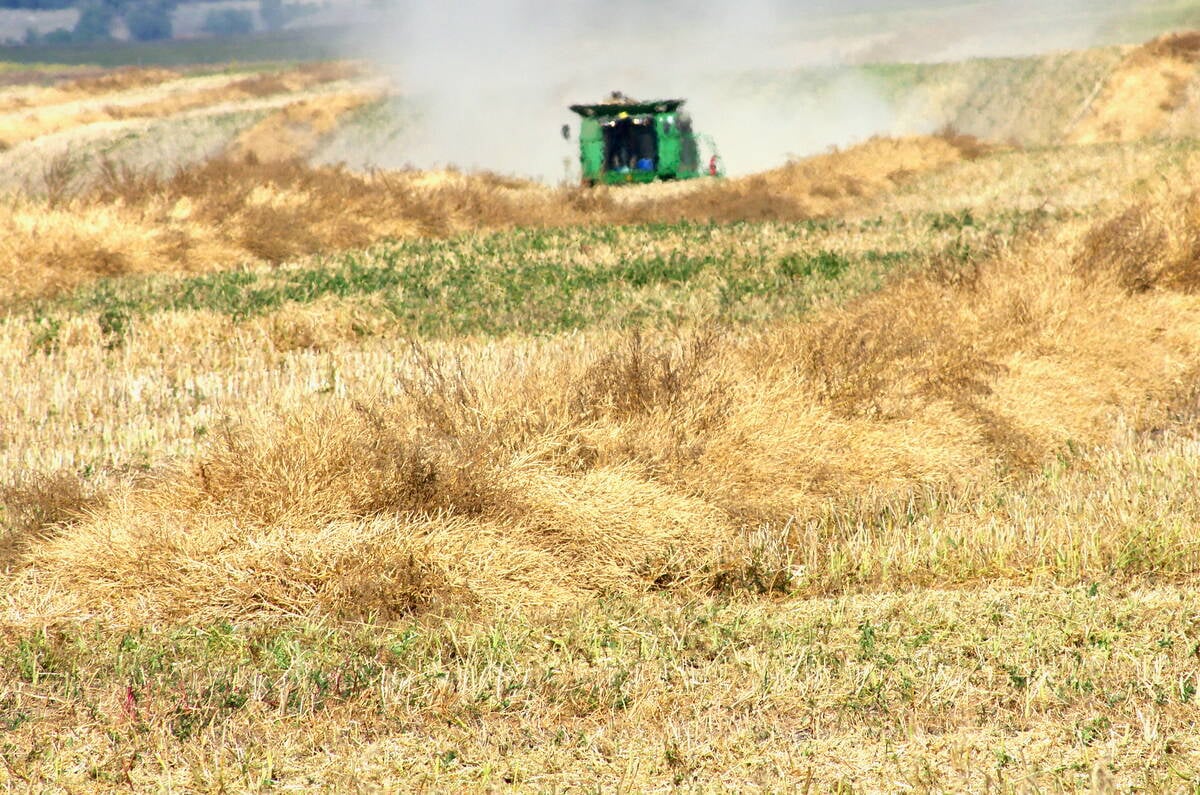Farms and ranches are dangerous places to work. They will never be totally risk or hazard-free work environments, but steps can be taken to reduce many of the hazards that exist.
Farm safety is not an act of fate, said Marcel Hacault, executive director of the Canadian Agricultural Safety Association. Most farm-related incidents are the predictable consequence of particular acts or omissions. If something is predictable, then it is also preventable.
Farm-related injuries and fatalities don’t just happen by chance. They are usually the result of a chain of smaller events that take place in the worksite.
Read Also

Manitoba searches for Plan B on canola oil exports
A new report explores Manitoba’s current canola oil trade and possible alternative markets to the U.S.
The good news is that there are many opportunities to interrupt the sequence and break the chain of events and alter the outcome, said Hacault.
Risk can be managed if farmers and ranchers use a simple process.
The first step is recognizing a hazard.
When preparing to perform a task, ask the following questions.
Is there a hazard? What might the consequences be? What is the likelihood of an injury occurring? Is it possible to visualize the potential and severity of injury? Who is at risk?
After recognizing the hazard, evaluate the situation.
Evaluation should be based on several factors such as knowledge of the task and of similar situations, as well as the worker’s experience and training.
Only after a hazard has been recognized and evaluated can it be properly managed.
There are several ways to manage hazards. Some may not be eliminated, but can be significantly reduced by using one or all of these control points.
- Eliminate or substitute.
Discontinue dangerous work, remove the hazard or substitute it with something less hazardous.
- Engineering controls.
If a hazard can’t be eliminated then redesign or guard it.
- Administrative controls.
Use of training, procedures, and safe work practices.
- Personal protective equipment.
Use as a final barrier between people and the hazard.
- Risk Assessment.
Using the key steps of recognize, evaluate and manage are important in determining the root causes of serious farm-related accidents.
This information can then be used to develop prevention initiatives to make your farm as safer workplace and living space. Every farm is different and will have its own unique set of hazards and risks, said Hacault.
That’s why it is so important for each farm owner and manager to take ownership of farm safety on their farms and make it their business.














